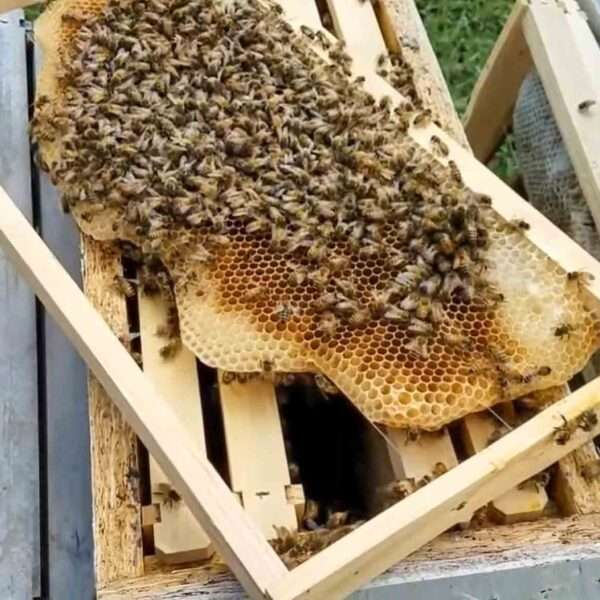An autistic girl died from cardiac arrest after having been stung dozens of times by a swarm of bees at a farm in Brazil.
Emily Carolina Martins Timoteo – who had difficulties expressing herself – lived with her grandparents at an agricultural estate which also featured hives.
The five-year-old’s grandparents told the police in Aracai, Minas Gerais, that she would often play outside on her own.

When the elderly couple took a walk around the property, they found their granddaughter unconscious. An uncountable number of insects was swirling around and resting on her body.
After having brushed the bees off, they called an ambulance. The girl was taken to a nearby medical emergency centre.
However, doctors could not save Emily’s life after she suffered cardiac arrest.
Emily’s body was taken to a forensic pathology unit for an autopsy.
Brazilian media report that the Minas Gerais State Civil Police is investigating the case.
The municipality government expressed its condolences for Emily’s death on social media.
The authority announced: “The Municipal Government of Aracai, through Mayor Marcio Gonzaga Dias de Oliveira (Kalu), expresses its deepest sympathies for the passing of Emily Carolina Martins Timoteo.”
The municipality government concluded: “May the Lord Jesus, in His infinite mercy, comfort her family, relatives, and friends in this time of grief.”

There has been no information on the bee species that attacked the young girl.
Experts say anyone who is being assaulted by a swarm of bees should calmly walk away in a straight line and seek refuge in any nearby building.
Speaking to the Scientific American magazine about swarm assaults, University of Arizona researcher Dr Justin O. Schmidt said: “When you see a bee buzzing near your head, I know it’s very satisfying to flap your arms. It just feels so good to swat at it – don’t do it!”
The entomologist explained: “Bees don’t form images in the same way that humans do. They use vision primarily to detect motion and quick or jerky movements near a nest are interpreted as a threat.”











